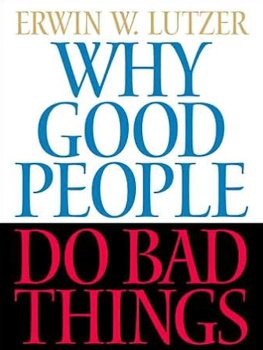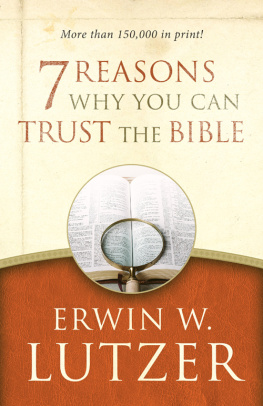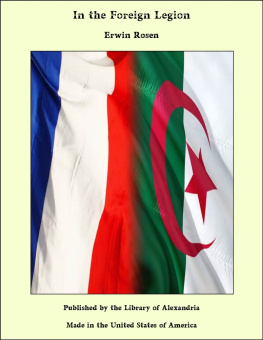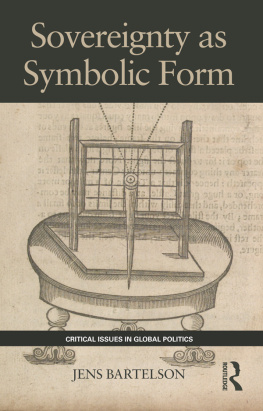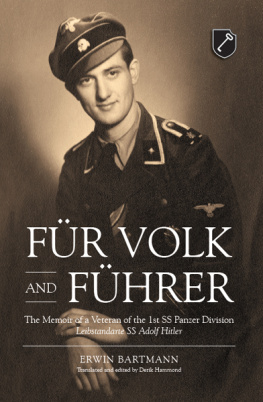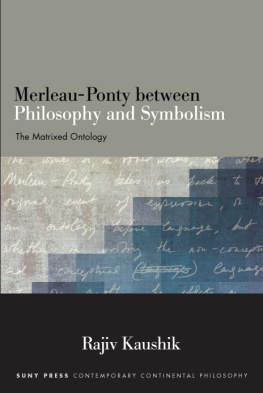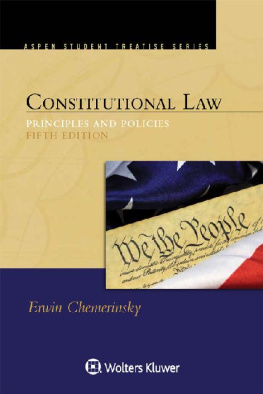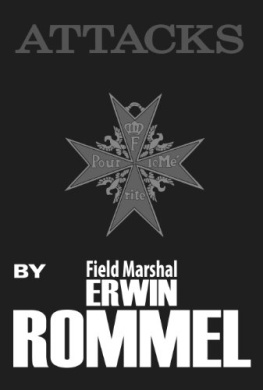Erwin Panofsky - Perspective as Symbolic Form, Revised Edition
Here you can read online Erwin Panofsky - Perspective as Symbolic Form, Revised Edition full text of the book (entire story) in english for free. Download pdf and epub, get meaning, cover and reviews about this ebook. year: 1997, publisher: Zone Books, genre: Religion. Description of the work, (preface) as well as reviews are available. Best literature library LitArk.com created for fans of good reading and offers a wide selection of genres:
Romance novel
Science fiction
Adventure
Detective
Science
History
Home and family
Prose
Art
Politics
Computer
Non-fiction
Religion
Business
Children
Humor
Choose a favorite category and find really read worthwhile books. Enjoy immersion in the world of imagination, feel the emotions of the characters or learn something new for yourself, make an fascinating discovery.

- Book:Perspective as Symbolic Form, Revised Edition
- Author:
- Publisher:Zone Books
- Genre:
- Year:1997
- Rating:5 / 5
- Favourites:Add to favourites
- Your mark:
- 100
- 1
- 2
- 3
- 4
- 5
Perspective as Symbolic Form, Revised Edition: summary, description and annotation
We offer to read an annotation, description, summary or preface (depends on what the author of the book "Perspective as Symbolic Form, Revised Edition" wrote himself). If you haven't found the necessary information about the book — write in the comments, we will try to find it.
Perspective as Symbolic Form, Revised Edition — read online for free the complete book (whole text) full work
Below is the text of the book, divided by pages. System saving the place of the last page read, allows you to conveniently read the book "Perspective as Symbolic Form, Revised Edition" online for free, without having to search again every time where you left off. Put a bookmark, and you can go to the page where you finished reading at any time.
Font size:
Interval:
Bookmark:
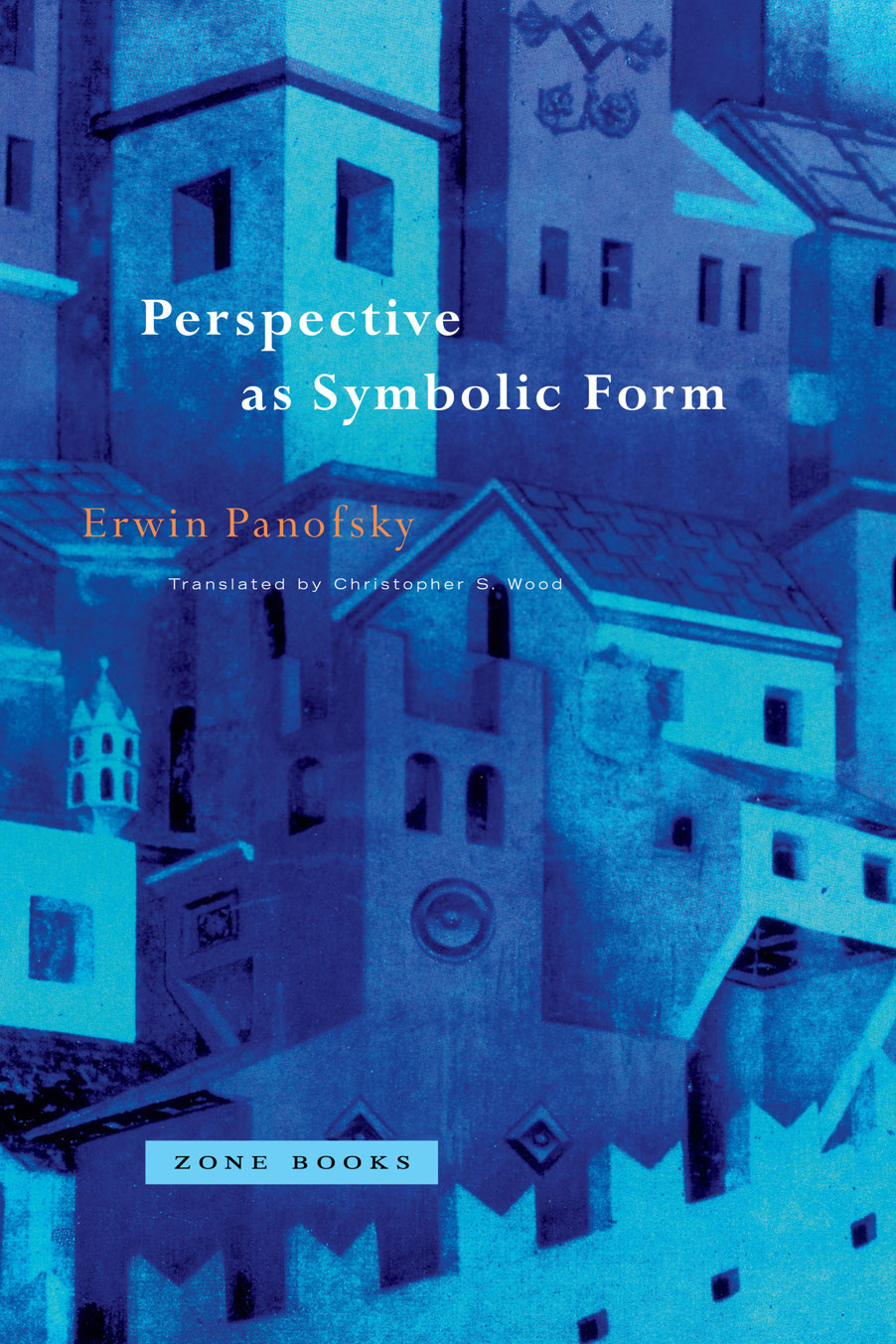

Perspective as Symbolic Form
Perspective as Symbolic Form
Erwin Panofsky
Translated by Christopher S. Wood
ZONE BOOKS NEW YORK
1977
1991 Urzone, Inc.
ZONE BOOKS
1226 Prospect Avenue
Brooklyn, NY 11218
All rights reserved.
First Paperback Edition
Sixth Printing 2012
eISBN 9780942299472 (ebook)
Version 1.0
No part of this book may be reproduced, stored in a retrieval system, or transmitted in any form or by any means, including electronic, mechanical, photocopying, microfilming, recording, or otherwise (except for that copying permitted by Sections 107 and 108 of the U.S. Copyright Law and except by reviewers for the public press), without written permission from the Publisher.
The publisher would like to acknowledge Dirk Obbink for translating the Latin and Greek passages and transliterating certain Greek phrases; and also Riccardo Di Giuseppe for translating the Italian passages in note 68.
Originally published as Die Perspctive als symbolische Form, in the Vortrge der Bibliothek Warburg 19241925 (Leipzig & Berlin, 1937), pp. 258330.
Distributed by The MIT Press,
Cambridge, Massachusetts, and London, England
Library of Congress Cataloging-in-Publication Data
Panofsky, Erwin, 18921968
[Perspective als symbolische Form. English.]
Perspective as symbolic form / Erwin Panofsky.
p. cm.
Translation of: Die Perspective als symbolische Form. Includes bibliographical references.
ISBN 9780-942299533 (pbk.)
1. Perspective. 1. Title.
NC750.P2313 1991
701.82dc20
9110716
Introduction7
Notes73
Plates155
Panofskys early theoretical voice has proved both resonant and elusive. This capacious essay on perspective, in particular, enjoys a reputation well outside the professional territory of art history. Yet that reputation has often overwhelmed the finer modulations of Panofskys argument and obscured its theoretical provenance. To listen to the voice of the perspective essay again, to attend to its undertones, is a project of more than merely biographical interest. Panofsky, who was born in 1892, belonged already to a second generation of German critics of positivistic historical scholarship. These critics generally shared a vision of a more comprehensive science of culture, a scholarly practice that would seek to understand and not simply to accumulate data. Panofsky also belonged to a subset of critics sensitive to the inevitable deficiency of cultural history, namely the underestimation or neglect of a dimension of meaning proper to certain kinds of objects (texts, images), a dimension intractable to historical explanation. Artistic products, Panofsky wrote in 1920, are not statements by subjects, but formulations of material, not events but results. Any historical treatment would have to acknowledge the autonomy of such an object, the impossibility of deriving the object from its phenomenal circumstances. This was the necessary first stage of any nonmaterialist cultural history.
This preliminary isolation of the work of art resembles the maneuvers of Russian Formalism and New Criticism. For both these parallel refinements of reading practice served, in different ways, the long-term purpose of sharpening our sensitivity to the social character of the linguistic sign, and ultimately to the inextricability of the text from the world. The strategy was to isolate the work temporarily in order to grasp more clearly its deep structural principles, and then ultimately to reinsert the work into its primordial environment on more legitimate grounds. Indeed, Panofsky in Perspective as Symbolic Form was working within a methodological framework built by the early art historical Formalists: Heinrich Wlfflin and, above all, Alois Riegl. This is not an altogether obvious point. For it was not least Panofskys own (later) scholarly achievements that finally discredited art historical Formalism, indeed helped turn virtually the entire profession against it.
In his essay on Riegls term Kunstwollen, Panofsky condemned both the wild and irresponsible concession to the irrational power of the art object (the Expressionist art history of Wilhelm Worringer or Fritz Burger), and any resigned retreat into skeptical historicism. Panofsky endorsed instead Riegls more-than-phenomenal treatment of artistic phenomena. In Riegls visionary synchronic Weltanschauungsphilosophie, tempered by a certain deliberate philological myopia, Panofsky saw the germ of a new art history, a reconciliation of materialist and idealist histories; he called it a serious Kunstphilosophie.
Riegl had commenced his cultural history by introducing a new repertoire of formal categories. Haptic and optic, internal and external unity, coordination and subordination like Wlfflins famous principles were deep structural attributes of the work. Analysis of structure at this level transcended not only history, but also questions of function or value, beauty or meaning. Structural analysis revealed a pattern behind the temporal sequence of works of art, an internal telos or motivation, which Riegl personified as Kunstwollen or artistic will. Cultural history, then, would proceed by coordinating that will with something called the general Wollen of the epoch. Riegl said in the closing pages of Sptrmische Kunstindustrie that the Kunstwollen of an epoch, the prevailing structural principles of its artistic phenomena, is plainly identical to the other main forms of expression of the human Wollen in the same epoch. There is no doubt what to call that general Wollen: man is an active and sensory being disposed to interpreting the world in the way most open and accommodating to his needs (which vary among peoples, places, and times). The character of this Wollen is embraced by that which we call the respective Weltanschauung.
In the end, however, Riegl declined to answer the last synchronic questions about artistic phenomena. This reluctance to interpret has usually been condemned as an aestheticizing insulation of the art object from life. Riegls immediate purpose, clearly stated in the introduction to Sptrmische Kunstindustrie, was indeed to undermine the materialist art history exemplified by the work of Gottfried Semper. Riegl dismissed function, materials and technology as merely negative restrictions on form, mere frictional coefficients, and instead asserted the autonomy of formal development. Riegl scrupulously avoided confusing form not only with the functions that the physical work might have once served, or still serves, in the world, but also with the possible references to the world made by form, and the possible meanings that those references might have generated or still generate. This is why the Kunstwollen has been called a Husserlian bracketing device.
The art historians disengagement of objects from the world may very well stand as a correlative to various, more general convictions about the superiority of spirit to matter, or imagination to reason; about the detachment of the artist from society; about the inescapably self-reflexive and circular nature of interpretation; about artistic tradition carrying more weight than individual gestures of innovation. Early art historical Formalism was associated with versions of all of these. The effect of picture on picture as a factor in style, Wlfflin said, is much more important than what comes directly from the imitation of nature. Wlfflins aphorisms are the most often remembered, although others said similar things. But this does not mean (except in some extremely general and meaningless sense) that these methods were allied with aestheticism. On the contrary, the Formalists generally thought of themselves as emancipated from aesthetics: these were antimaterialist yet positivistic histories, sciences of the spirit. This is a paradox, for clearly the attribution of dependence or independence is related to the initial criterion of selection of the objects. It is generally easier or more natural to attribute independence to a sequence of objects selected by an aesthetic criterion, for the work of art since Kant is normally defined as discontinuous with the very conditions that made it possible (the world), and underivable from those conditions. An authentically aesthetic history of art would altogether detach certain formal qualities from the work and hypostatize them as style; the history then becomes a pure morphology, a study of changes in form that are only incidentally played out in material works. Riegl, on the contrary, was hostile to any absolute or supra-historical aesthetic category; at any rate he would not incorporate such a category into his historical project. Works of art for him were simply man-made objects with some high level of artificial formal organization. He wrote about applied art or even entirely ordinary objects because, like works of art, they are subject to independent formal logic. For Riegl the primary level of facts was not style itself (the morphology), nor even the sequence of objects, but the Kunstwollen of an epoch, just as for Wlfflin it was the form of seeing.
Font size:
Interval:
Bookmark:
Similar books «Perspective as Symbolic Form, Revised Edition»
Look at similar books to Perspective as Symbolic Form, Revised Edition. We have selected literature similar in name and meaning in the hope of providing readers with more options to find new, interesting, not yet read works.
Discussion, reviews of the book Perspective as Symbolic Form, Revised Edition and just readers' own opinions. Leave your comments, write what you think about the work, its meaning or the main characters. Specify what exactly you liked and what you didn't like, and why you think so.

